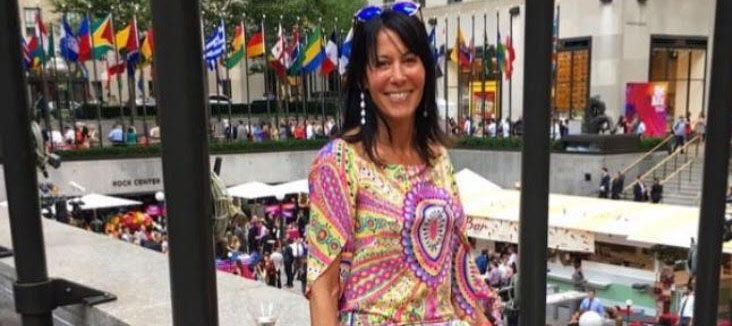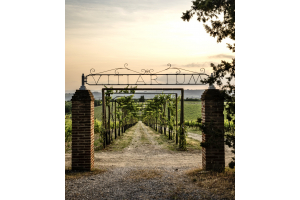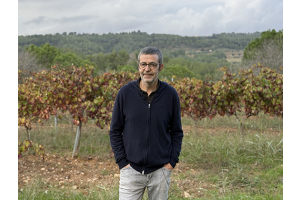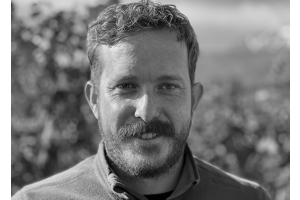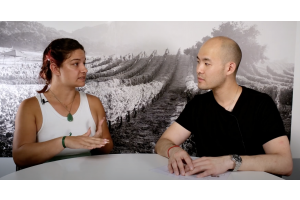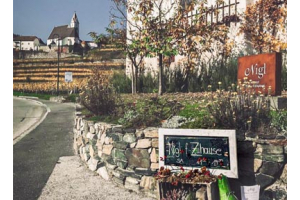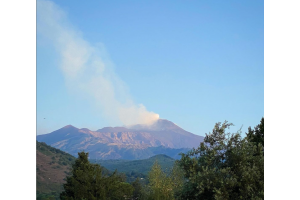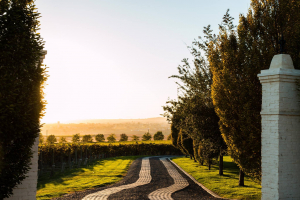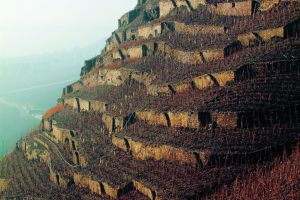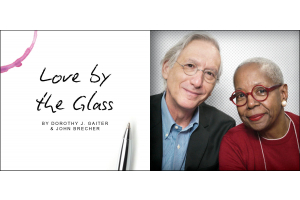Parés Baltà is a family-owned winery in the Penedès region of Catalonia, Spain, whose winemaking history dates back to 1790. Today, the winery is run by the third generation of the Cusiné family, Joan and Josep Cusiné, and their wives, Elena Jiménez and Marta Casas, who team up to share the winemaking. These two women—Elena, who had previously worked as a chemical engineer, and Marta, as a pharmacist— skillfully combine scientific expertise with the art of winemaking.
The winery's vineyards cover 176 hectares across five estates with various soils, microclimates, and altitudes. This diverse terroir allows them to cultivate nearly 19 different grape varieties, producing a wide range of still wines and Cava. Parés Baltà is certified organic and biodynamic, using natural remedies to boost vineyard health and promote biodiversity. This approach isn't just a marketing strategy—it’s a philosophy that’s been part of their story for generations.
We caught up with Marta Casas to chat about the Penedès region, which is on track to become the world’s first fully organic wine region in 2025.
Lisa Denning: Thanks for joining us today, Marta. Can you tell us about the history of Parés Baltà Winery?
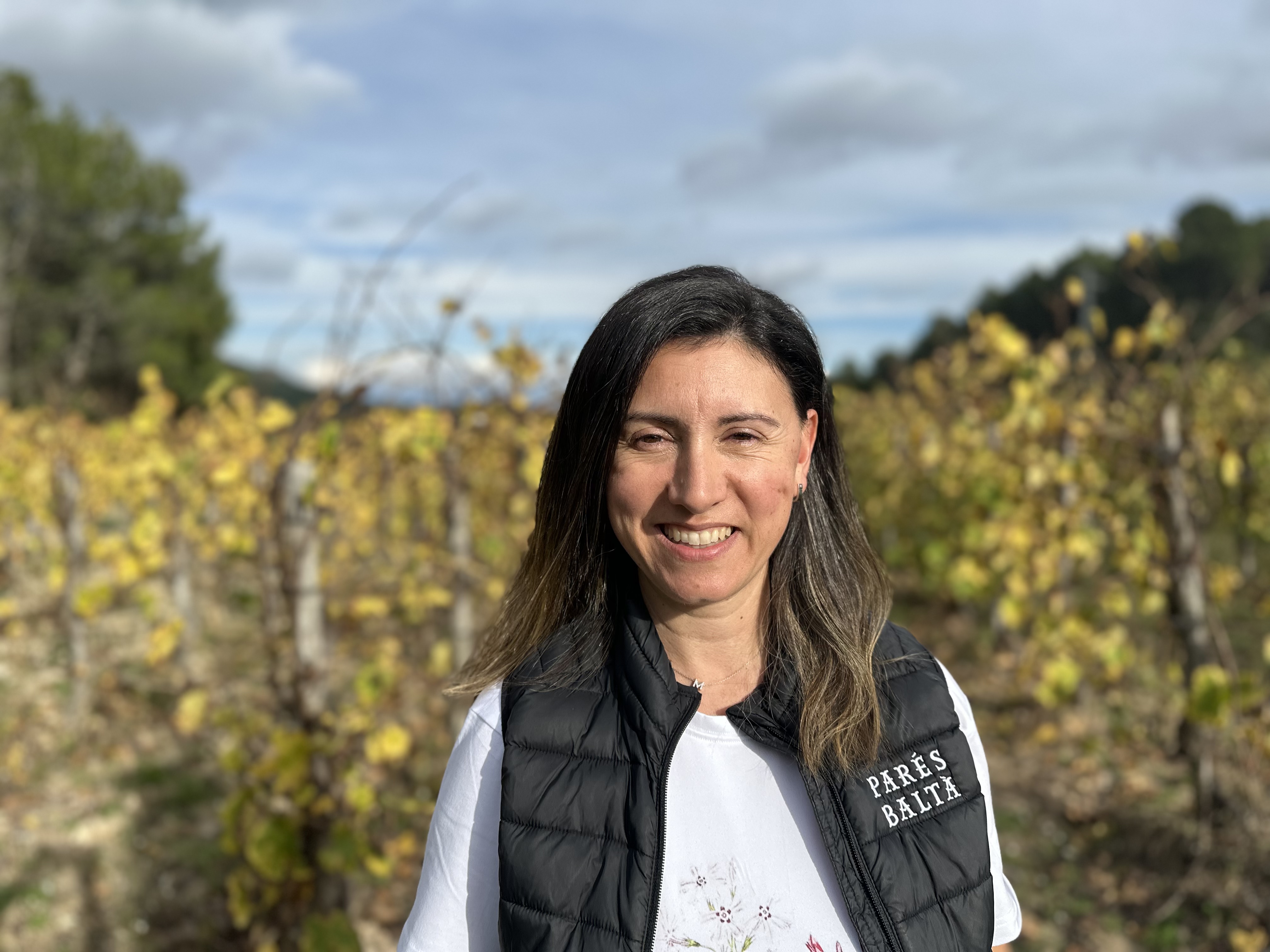 Marta Casas: Parés Baltà is a family winery located near Barcelona, Spain. We produce both still and sparkling wines under the Cava appellation. Our vineyards are in diverse locations, from areas near the sea to the foothills and higher mountain elevations. This diversity allows us to craft wines with distinct characteristics.
Marta Casas: Parés Baltà is a family winery located near Barcelona, Spain. We produce both still and sparkling wines under the Cava appellation. Our vineyards are in diverse locations, from areas near the sea to the foothills and higher mountain elevations. This diversity allows us to craft wines with distinct characteristics.
(Photo: Marta Casas)
What is your background, and how did you get into winemaking?
Initially, I studied pharmacy and worked as a pharmacist for three years. Then, I met my husband, whose family manages the winery. My interest in wine started from curiosity—understanding wine tasting, pairing, and the winemaking process. I decided to study enology in Tarragona, in southern Catalonia and worked as an apprentice during harvests. That was 22 years ago, and I’ve been fully immersed in winemaking ever since.
Were there challenges being accepted as a winemaker in a family with a long history in the craft?
Surprisingly, no. It felt natural. Initially, I worked on my university-required practice harvests while continuing as a pharmacist. Over time, I became more involved in the winery, especially when the family embraced organic farming. My involvement grew year after year until I eventually left pharmacy to focus entirely on winemaking.
How does the Penedès region’s unique geography and upcoming organic certification influence your approach to winemaking?
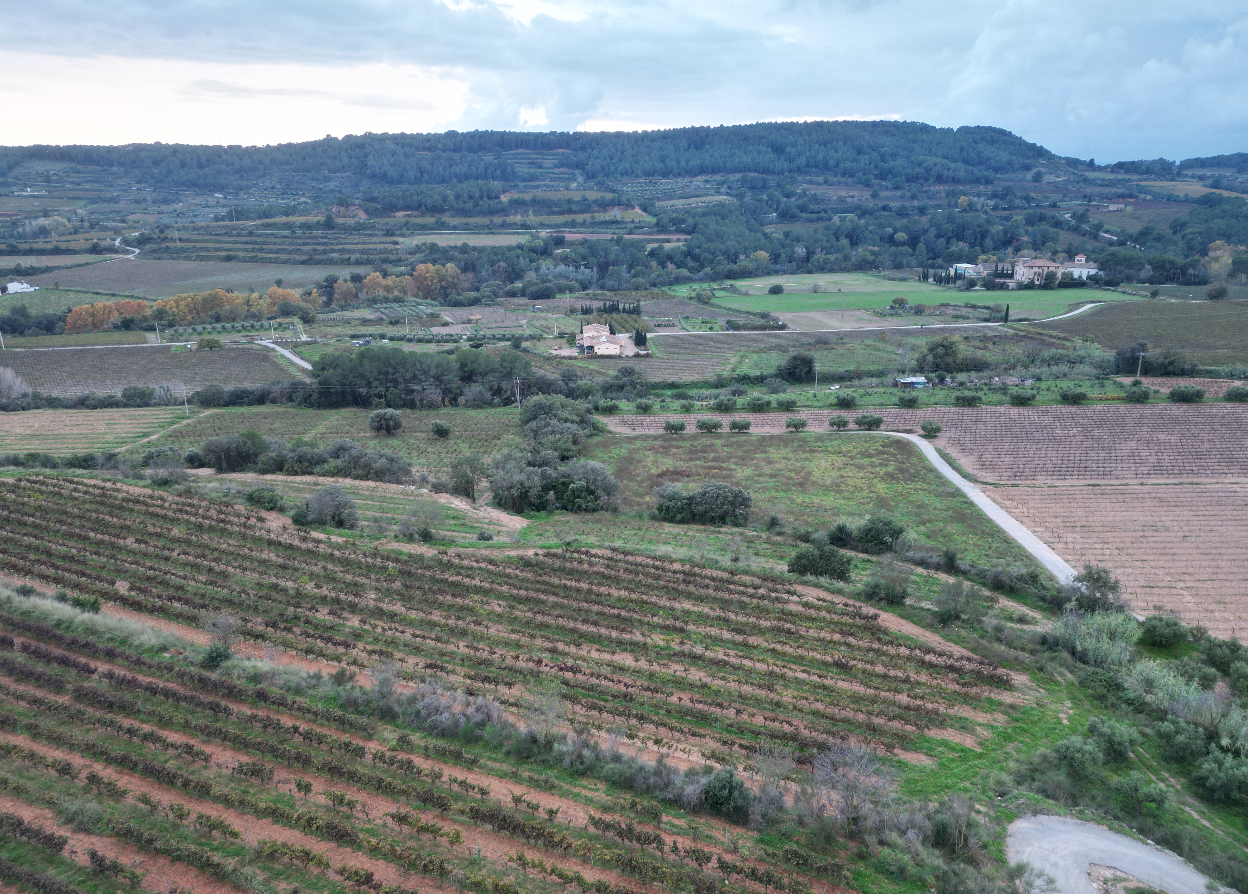 The Penedès wine region has three main parts: the flattest part, which is the biggest, and historically connected to the wine industry here, including Cava production. Then there are the special areas: the coastline, the mid-altitude Garraf region, and the high-altitude areas where we are now, at 700 meters above sea level.
The Penedès wine region has three main parts: the flattest part, which is the biggest, and historically connected to the wine industry here, including Cava production. Then there are the special areas: the coastline, the mid-altitude Garraf region, and the high-altitude areas where we are now, at 700 meters above sea level.
Each of these areas has unique conditions, including climate and soil. In the higher parts, there are special plots ideal for planting particular varieties, maintaining old vineyards, or crafting barrel-fermented wines. This area is rich in history—ancestral people worked here, making clay and cultivating forests near the rivers.
We are very proud of this heritage and the entire Penedès region. In 2025, Penedès will become the first wine region in the world to be 100% organic. This is incredibly significant for farming and viticulture here because we have the perfect conditions to apply organic and even biodynamic methods.
Can you tell me about your vineyards and the grapes you grow?
We manage five estates with around 19 grape varieties. In recent years, we've focused on native varieties to better adapt to climate change. Native grapes tend to have lower sugar content and higher acidity, ideal for sparkling wines. Climate challenges, like heatwaves and drought, are significant, but the proximity to the sea helps by providing cool breezes.
What are your soils like?
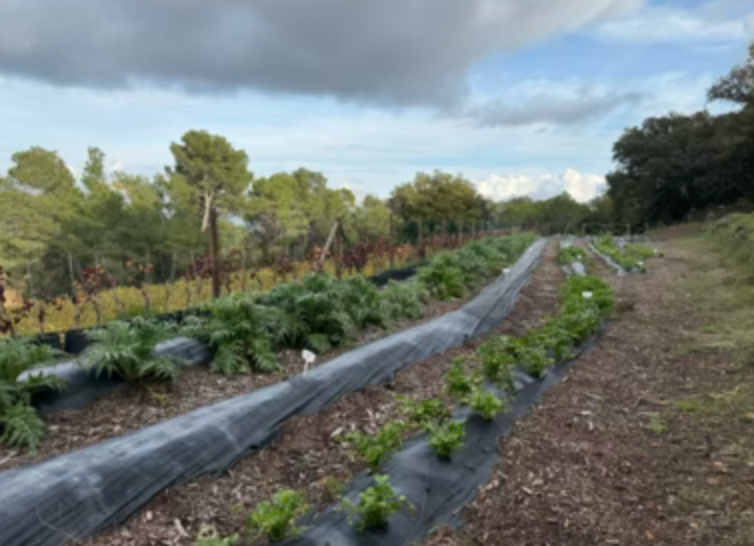 Our vineyards have varied soil types, mainly chalk but also calcareous limestone, clay, and stony soils. These diverse soils allow us to match specific grape varieties to their ideal environments. For instance, clay-based soils work well with some varieties, while stony soils are better for others. Biodynamic farming practices help us maintain the health and vitality of these soils, contributing to the unique expression of our wines.
Our vineyards have varied soil types, mainly chalk but also calcareous limestone, clay, and stony soils. These diverse soils allow us to match specific grape varieties to their ideal environments. For instance, clay-based soils work well with some varieties, while stony soils are better for others. Biodynamic farming practices help us maintain the health and vitality of these soils, contributing to the unique expression of our wines.
How has biodynamics influenced your approach to winemaking?
Biodynamics has deepened my connection to nature and the rhythms of the cosmos. Initially, as a scientist, it felt like a mix of spirituality and agriculture, but I quickly realized how complementary it is to science. By observing the plants, the cycles of the moon, and natural rhythms, we can make better decisions for the vineyards. Biodynamics isn't just about farming—it's about fostering a holistic relationship between the earth, plants, and ourselves.
Has it been difficult to balance tradition with modernity?
Yes, especially early on. For instance, in my second year at the winery, we decided to reduce yields in a Grenache plot to make a more concentrated red wine instead of rosé. This went against the family tradition of maximizing production, but it led to higher quality wines. Over time, the family recognized the benefits of these changes.
It’s about understanding that tradition often holds hidden wisdom. For instance, my husband's grandfather farmed organically long before it became a trend. He believed in working with nature, though he didn’t label it as biodynamic. Now, we combine his principles with modern knowledge, ensuring that both innovation and tradition shape our wines.
What inspired your transition from organic farming to biodynamics, and what was that process like for your vineyards?
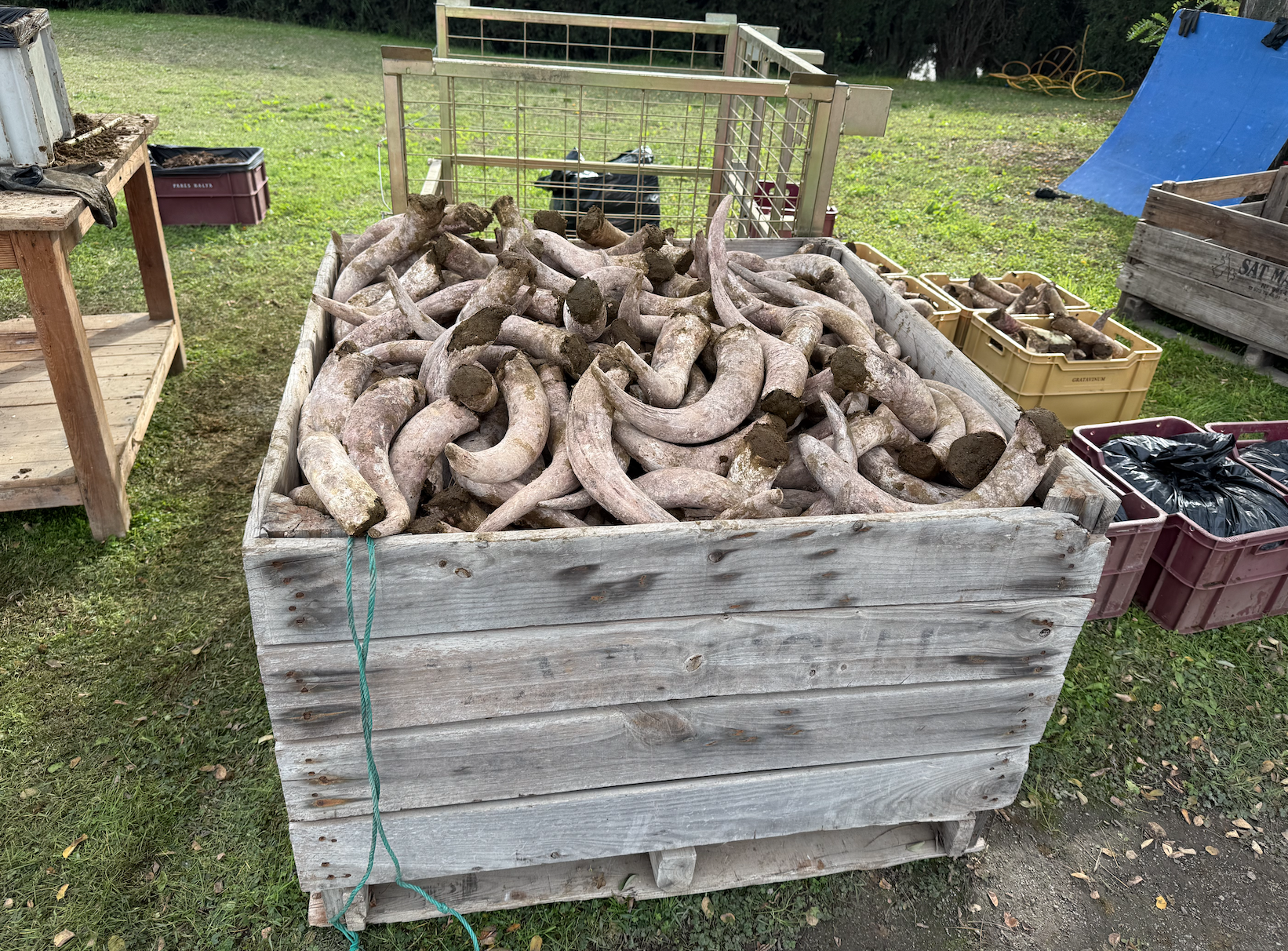 In fact, we were born organic winemakers. When I arrived, my husband’s grandfather had always practiced organic viticulture. Then, we learned about biodynamics—how this approach works and how we could implement it. It was quite easy for us because the basis of biodynamics is being organic. We have been organic for a long time, so to transition to biodynamics, we only needed plants.
In fact, we were born organic winemakers. When I arrived, my husband’s grandfather had always practiced organic viticulture. Then, we learned about biodynamics—how this approach works and how we could implement it. It was quite easy for us because the basis of biodynamics is being organic. We have been organic for a long time, so to transition to biodynamics, we only needed plants.
We have some plants in the vineyards and countryside, and we now have a garden for growing the preparations. It was mainly a question of observation—observing nature, the cycles of plants, and what’s needed to prevent disease. Preventing issues organically is essential. You need to understand what’s in the soil and what’s necessary to prevent issues like fungal diseases.
You also have to feel this way of thinking, to understand nature, the behaviors of the plants and pests, and the risks involved, like losing a harvest or some plots. If you agree with this philosophy, you accept that sometimes you lose crops due to drought, for example. But it’s important to know that even conventional farmers experience losses. The key is observing and preventing problems to maintain healthy soil and plants.
Do you see a difference in your wines after adopting biodynamic practices?
The differences aren’t always immediately noticeable in taste, but you see it in the health of the vines. For instance, biodynamically treated vines in higher altitudes fare better during droughts than conventionally farmed vines in the same area. It’s a long-term investment in the vineyard's resilience and vitality.
How do you and your sister-in-law divide winemaking responsibilities?
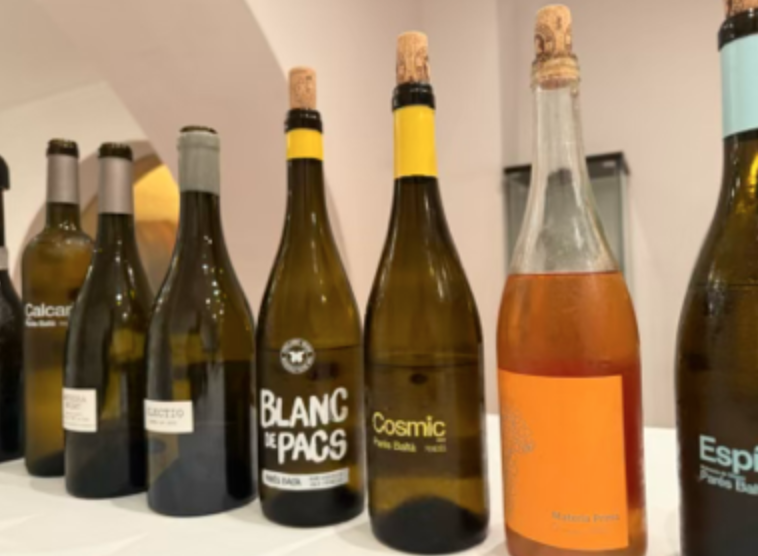 She joined the winery three years before me, so we naturally divided tasks. I handle fermentations and winemaking during harvest, while she focuses on vineyard management. After harvest, we make blending decisions together with our husbands and a small team. Collaboration is key to maintaining consistency and exploring new styles.
She joined the winery three years before me, so we naturally divided tasks. I handle fermentations and winemaking during harvest, while she focuses on vineyard management. After harvest, we make blending decisions together with our husbands and a small team. Collaboration is key to maintaining consistency and exploring new styles.
Can you share an example of innovation in your wines?
One example is our approach to rosé. In 2003, we aimed to create a rosé with the depth and structure of a red wine, offering vibrant color and intense aromas. This was a departure from the pale, light styles typical of rosé. We continually innovate, whether it's exploring ancestral varieties or adapting to market trends while staying true to the character of our vineyards.
This interview has been edited for clarity.
